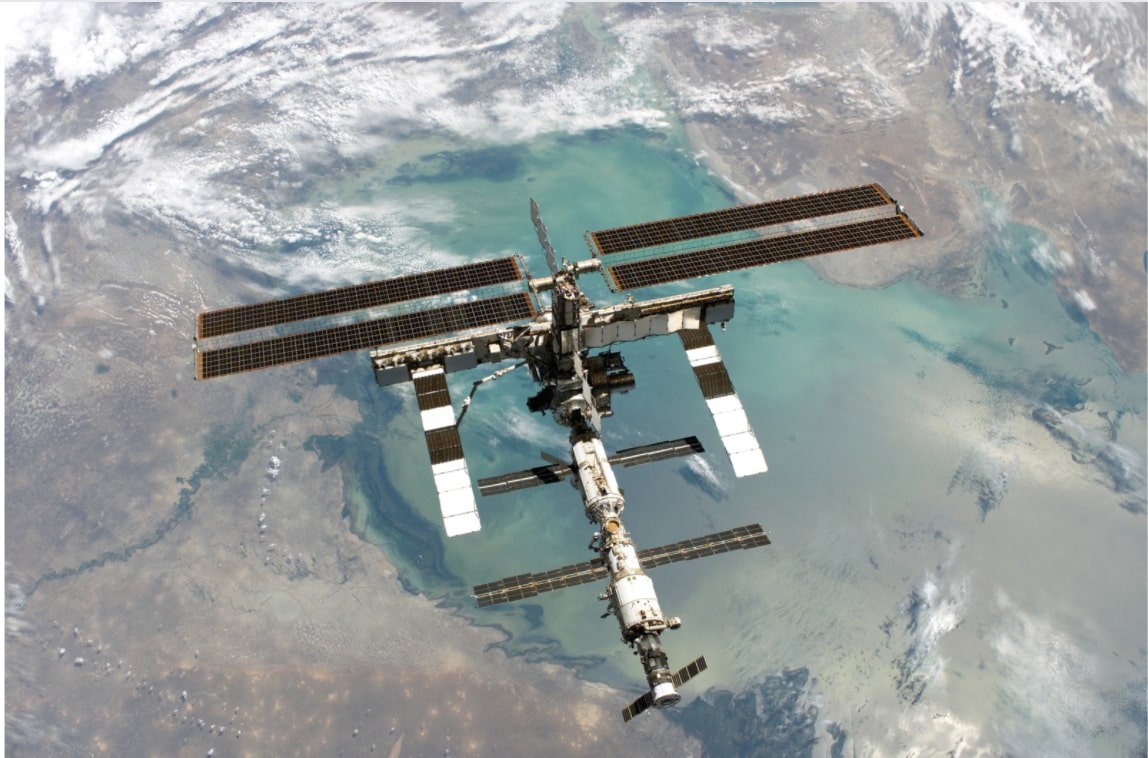Technology has become a form of investment to tackle ongoing changes in our planet. With every technological innovation comes the possibility of expanding our knowledge on how to serve Earth better. But in recent years, space technology has reached new heights of sophistication, leaving many imagining if there is a way to intersect this unique resource with ongoing work focused on improving the planet.
Heads of state and government, CEOS, leaders, and marine scientists certainly believe in the potential of space tech addressing the climate crisis facing Earth.
Tackling The Climate Crisis
Earlier this year, several heads of state and government, CEOs, and other leaders virtually gathered at the World Economic Forum’s Davos Agenda to address the climate crisis facing Earth. Joining the Live from Space: The Next Frontier for Knowledge and Action session was former U.S. vice president, Al Gore, Minister of State for Advanced Technology of UAE Sarah Al Amiri, Astra founder Chris Kemp, and Director General of European Space Agency Josef Aschbacher to discuss how space technology could address these challenges.
During the discussion, Al Gore talked about Climate Trace, a coalition of nine climate and technology organizations that process data from 300 satellites and artificial intelligence technology to track greenhouse gas emissions across the world. The information collected allows people to have a near-real measurement to track where emissions are coming from, such as factories, ships, or power plants. The hope is that collecting this data will give world governments and corporations a better understanding of reducing emissions.
Advancing Marine Technology
As spacetech continues to evolve, so does our work regarding space exploration. When NASA’s Perseverance Rover landed on Mars in February, it launched an incredible scientific achievement. Not only is Perseverance advanced with a high-resolution, color, 3D panoramic camera, it is also able to send data collected and images shot on Mars to Earth in around three minutes. But this is also a stark reminder of the gap in marine technology development.
There have been little to no changes in ocean exploration technology within the last five decades. The conductivity, temperature, depth (CTD) probe that is used today hasn’t changed from the ones used three decades ago. Other resources used to conduct scientific research, like the SCUBA gear, research vessels, and deep-sea research submersibles, have barely been altered to fit modern-day science.
Small headways are being made in underwater tech to understand the oceans and marine life better. There has been an international effort at King Abdullah University of Science and Technology (KAUST) to develop a new generation of navigational sensors which would replace the previously used bulky sensor packages. There is also work at KAUST to advance and find a solution to submarine wireless data transmission and retrieval using laser-based technology.
But the progress being made with these new forms of marine tech cannot be the only type of innovation happening. There needs to be support and determination to bridge the gap between space tech and ocean tech evolution so that work can be done to preserve marine life. If not, we lose the chance to find ways to make our oceans more sustainable for future generations.
The investment in spacetech is a remarkable contribution to scientific research and solving new challenges facing the planet right now. While there is progress in utilizing available technology to Earth’s benefit, there is still a lot more that needs to be done to continue evolving all forms of research. Using space technology as a foundation will allow other forms of technology to develop in different areas of science that can contribute to future research and solutions that will work to both improve, and also de-risk, the planet.






